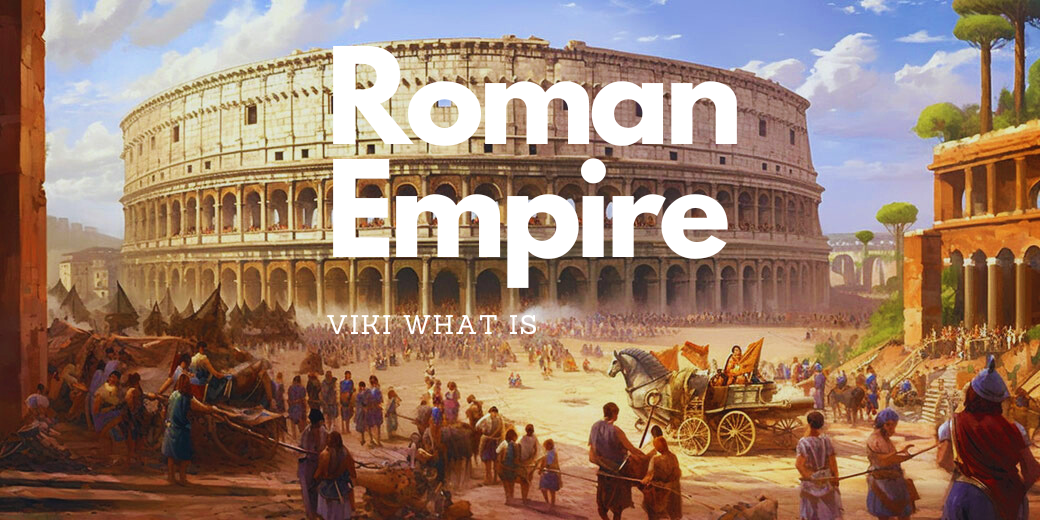Introduction
Welcome, curious minds, to the intriguing world of the Roman Empire. Embark on a journey through time, as we unravel the mysteries surrounding the ancient powerhouse that shaped civilizations. In this comprehensive guide, we will navigate through the lanes of history, answering the fundamental question: What is the Roman Empire?
What is the Roman Empire?
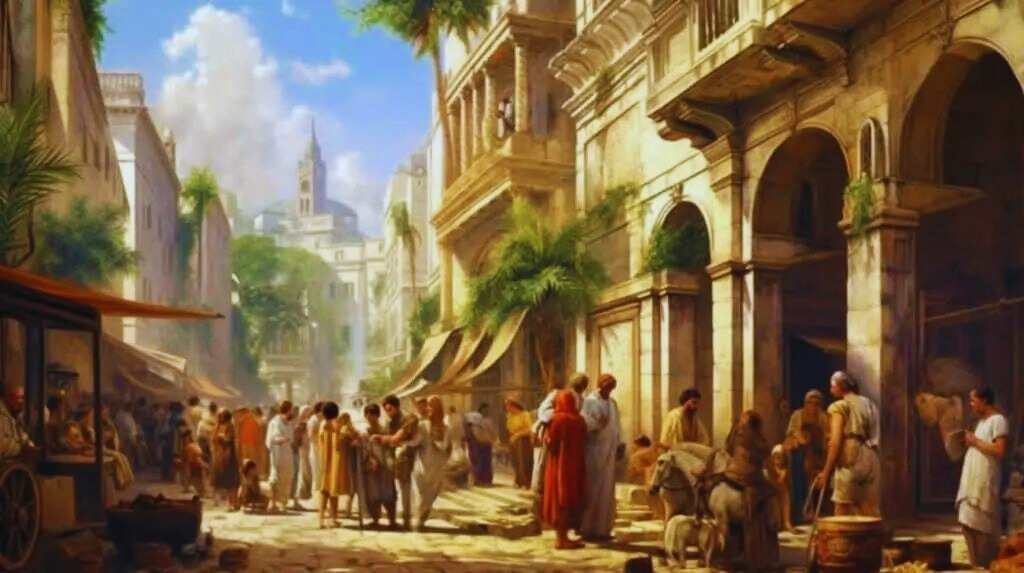
The Roman Empire, an epitome of grandeur and influence, was a vast civilization that flourished for centuries. Spanning three continents, it left an indelible mark on the world’s political, social, and cultural landscape. From its legendary leaders to its architectural marvels, the Roman Empire stands as a testament to human achievement.
Exploring the Roman Legacy
The Rise of the Roman Empire
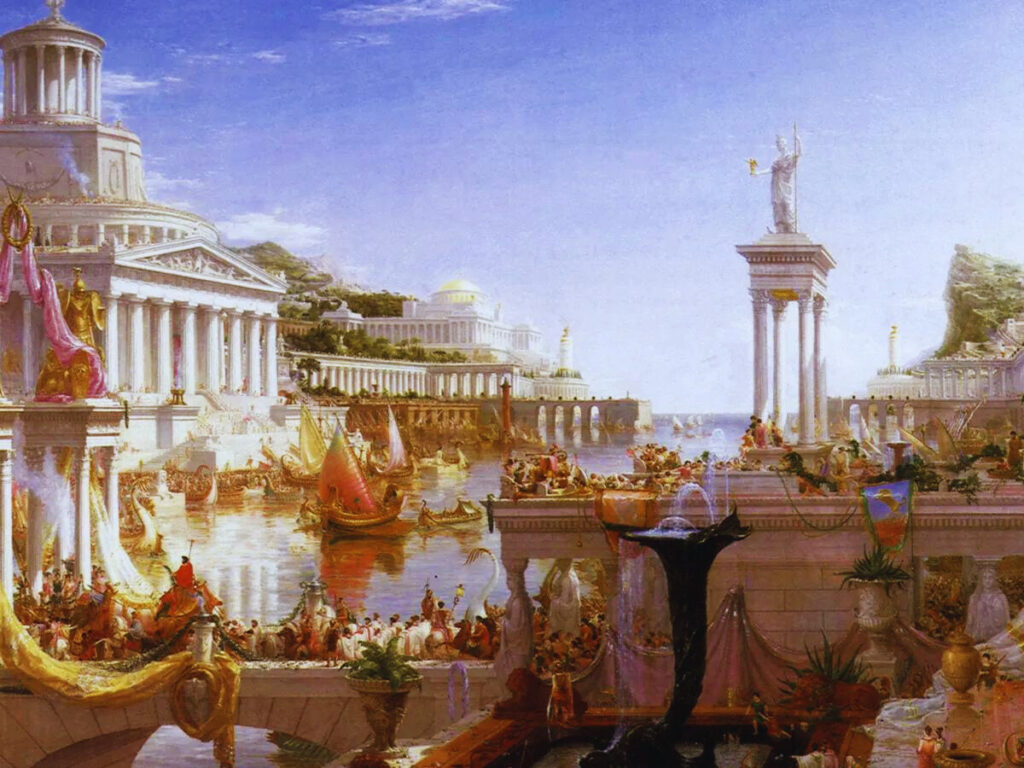
The genesis of the Roman Empire can be traced back to the heart of ancient Italy, where a small city-state emerged as a force to be reckoned with. The story begins at a time when Rome was merely a collection of villages nestled along the Tiber River. In these humble beginnings, the seeds of a great empire were sown.
The Early Days: From Republic to Empire
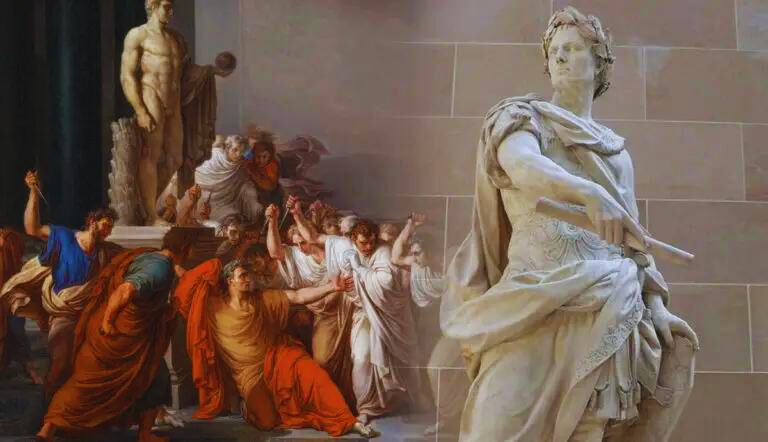
Rome started as a republic, a state in which power rested in the hands of the people through elected representatives. With the establishment of the Roman Republic in 509 BCE, Rome began its journey toward prominence. The republic’s governance, a delicate balance of power between senators and assemblies, laid the groundwork for what would eventually become one of the most powerful empires in history.
Military Prowess and Expansion
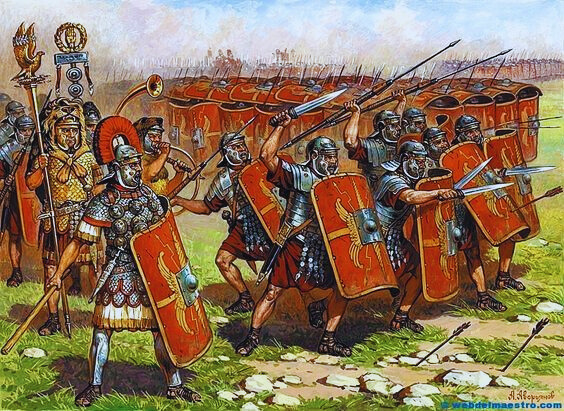
The rise of Rome was propelled by its military might. The Romans were exceptional strategists and disciplined soldiers, qualities that enabled them to conquer neighboring territories. Their military campaigns, often led by brilliant commanders like Julius Caesar, expanded Roman influence far beyond the Italian peninsula. With each conquest, the empire grew stronger, both economically and politically.
Innovative Governance and Citizenship
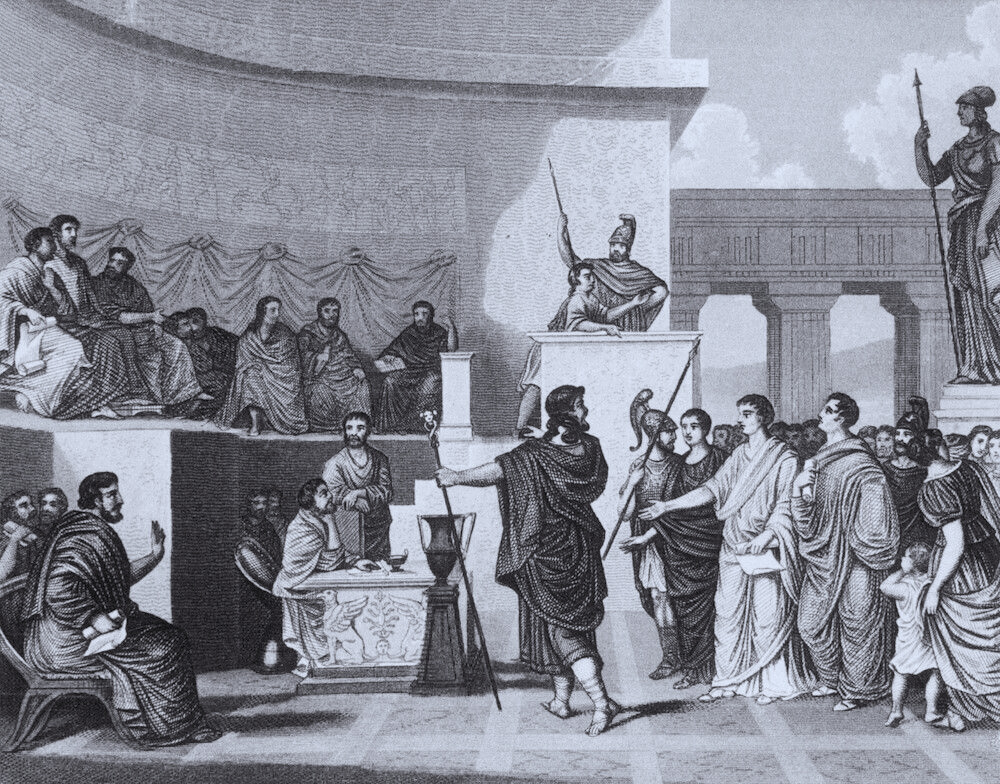
One of the key factors in Rome’s rise was its innovative approach to governance. Roman citizenship was extended to allies and conquered peoples, fostering a sense of unity and loyalty. The Romans, pragmatic in their approach, allowed local customs and traditions to flourish within the empire, creating a diverse yet cohesive society.
Architectural Marvels and Infrastructure
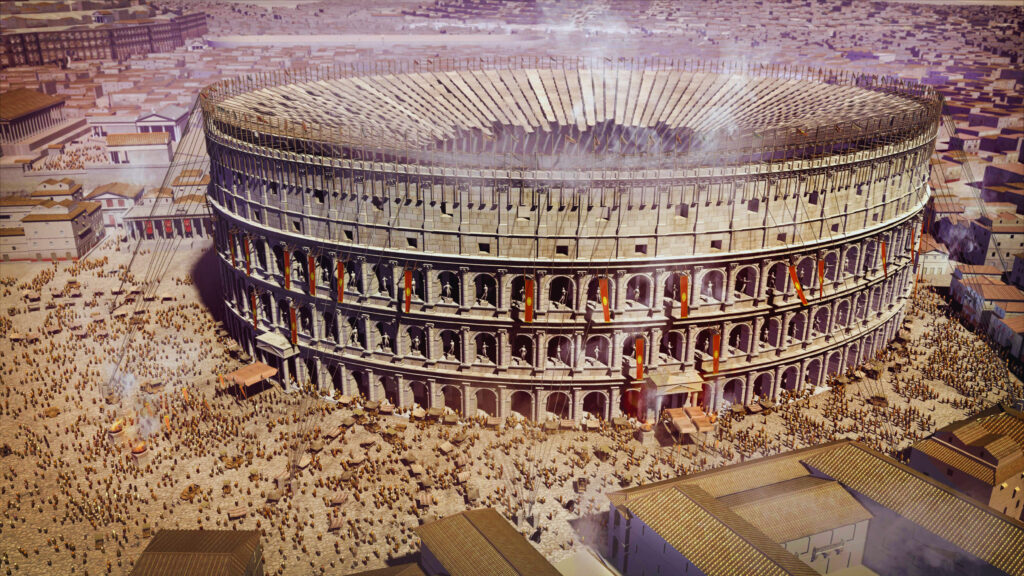
Rome’s architectural prowess was unmatched. The construction of aqueducts, roads, and monumental structures like the Colosseum showcased their engineering brilliance. These feats not only facilitated communication and trade but also symbolized the grandeur of the empire.
Cultural Exchange and Influence
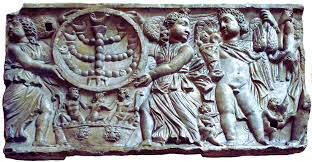
As Rome expanded, it absorbed and assimilated diverse cultures. Greek art, philosophy, and literature found a prominent place in Roman society. This cultural exchange enriched the empire, shaping a unique blend of traditions and ideas. The amalgamation of various cultures contributed to the richness of Roman life and thought.
The Transition to Empire
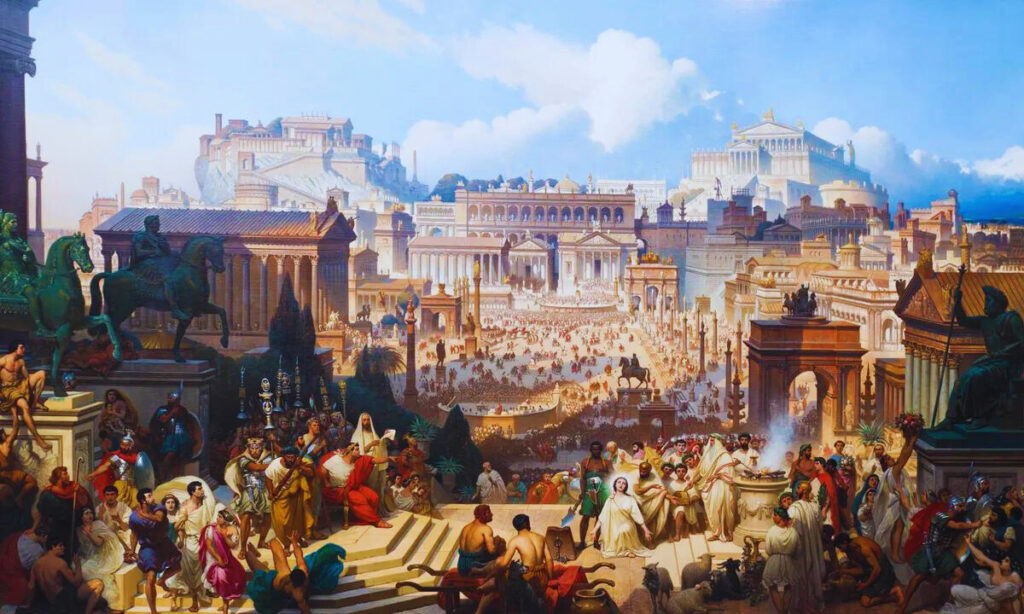
The transition from republic to empire marked a significant turning point. The first emperor, Augustus, established a stable government, bringing an end to the political unrest that had plagued the republic. Under his rule, known as the Pax Romana (Roman Peace), the empire experienced a period of relative tranquility and prosperity, fostering advancements in art, literature, and philosophy.
In essence, the rise of the Roman Empire was a culmination of military prowess, innovative governance, cultural assimilation, and architectural marvels. These elements, woven into the fabric of Roman society, propelled it from a republic on the Italian peninsula to a colossal empire that left an indelible mark on the pages of history.
Roman Culture and Society
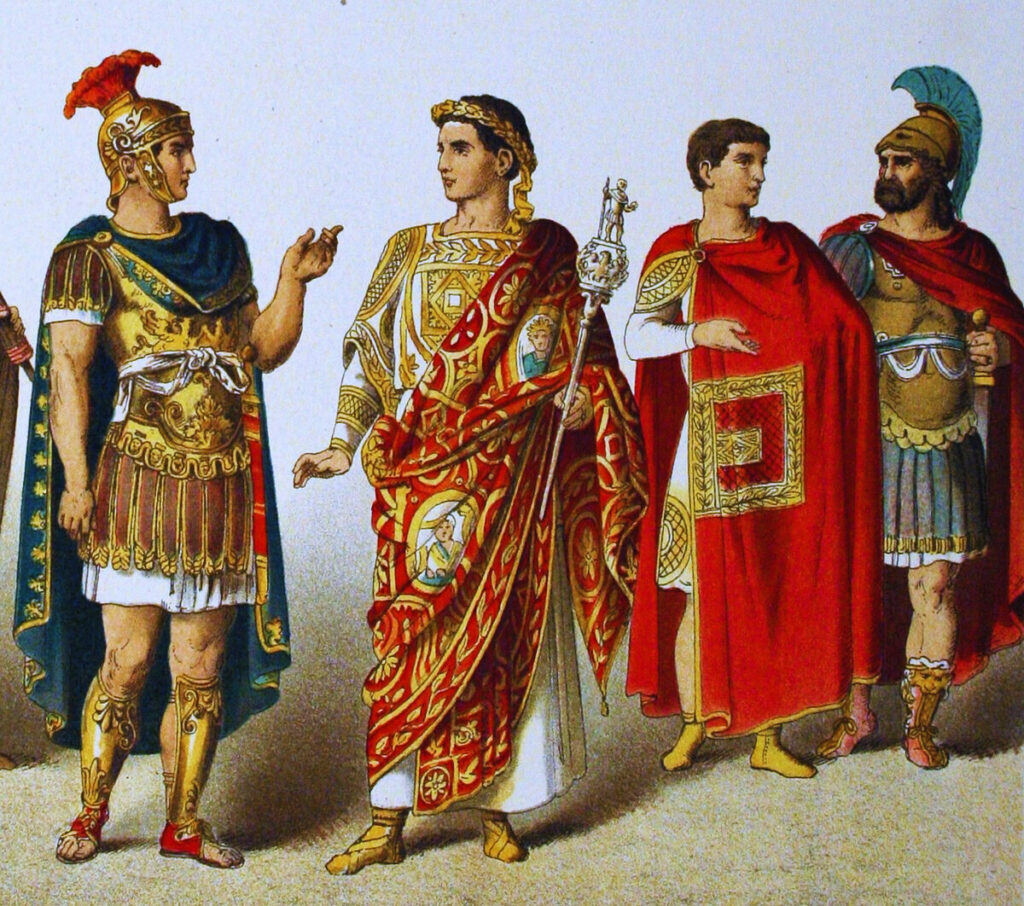
The heart of the Roman Empire beat not just in its monumental structures and military conquests, but in the vibrant tapestry of its culture and society. Let’s delve into the fascinating nuances that defined Roman life, from its artistic achievements to social hierarchies.
Art and Innovation
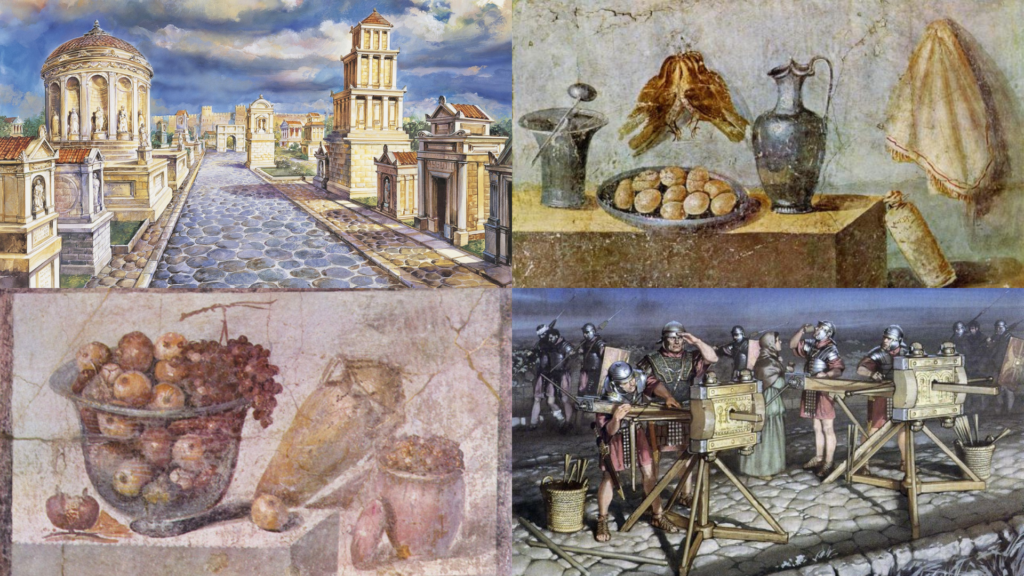
Romans were pioneers in various art forms. From intricate mosaics adorning luxurious villas to realistic sculptures capturing the human form, their artistic endeavors were awe-inspiring. Roman engineers designed aqueducts that supplied water to cities, enabling urban centers to flourish. These innovations not only improved daily life but also showcased the Romans’ commitment to progress.
Literature and Language
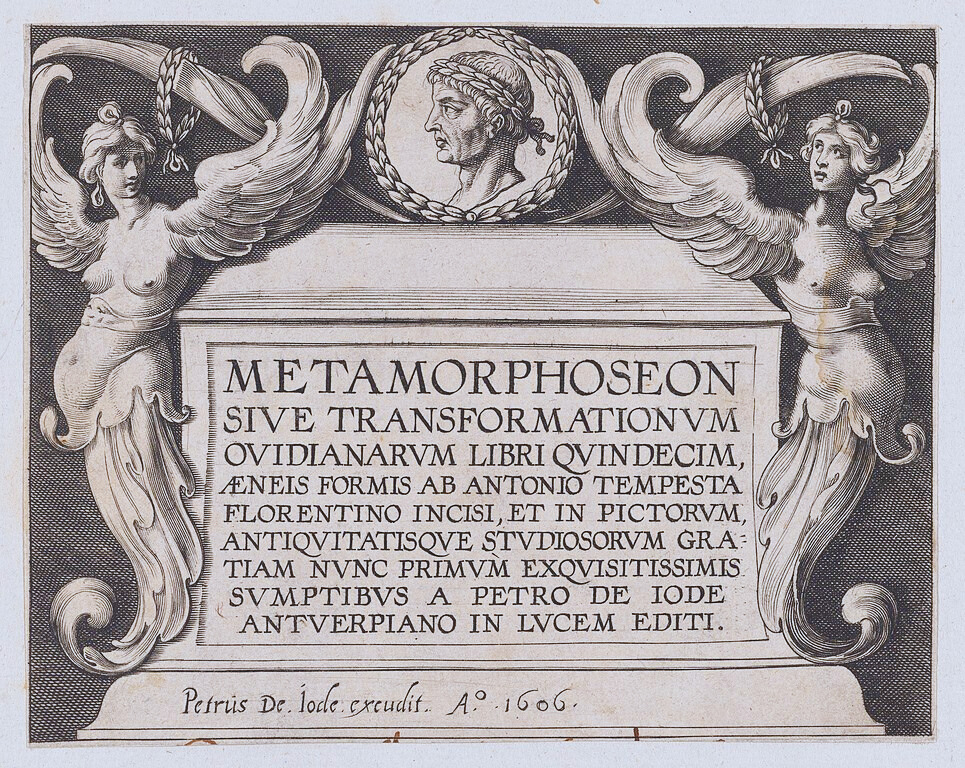
Latin, the language of the Romans, was the bedrock of their culture. It was the language of poets like Virgil, whose epic poem “Aeneid” celebrated Rome’s mythical origins. Roman playwrights like Seneca crafted compelling tragedies and comedies, entertaining and enlightening audiences. The creation of the Latin alphabet, the precursor to many modern writing systems, underscored Rome’s enduring linguistic influence.
Social Structure and Daily Life
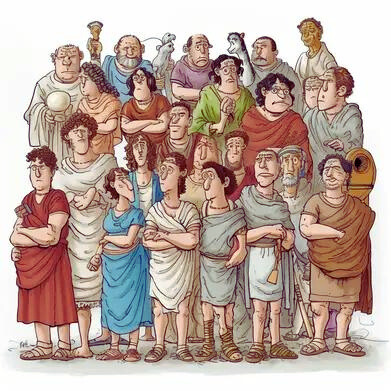
Roman society was structured hierarchically. At the top were the wealthy elite, comprising senators and influential families. The middle class included merchants, artisans, and landowners, while the lower class consisted of laborers and slaves. Despite these divisions, Roman citizens enjoyed privileges such as voting rights and legal protection, making the concept of citizenship a defining feature of their society.
Religion and Rituals
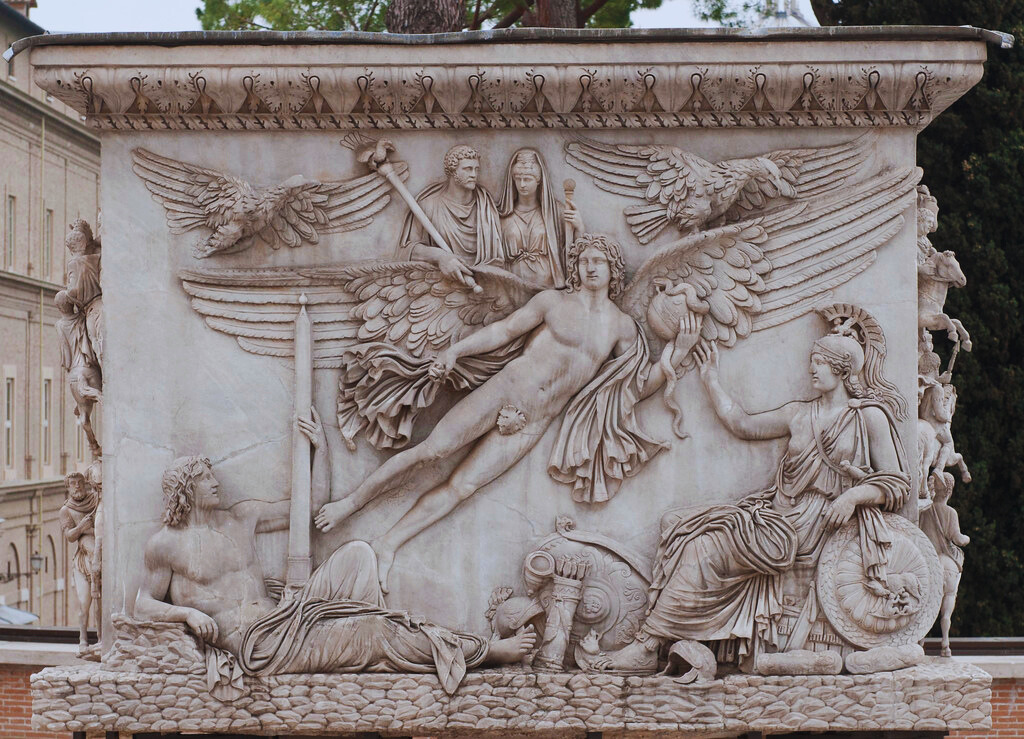
Religion played a significant role in Roman life. The Romans worshipped a pantheon of gods and goddesses, attributing natural phenomena and human experiences to divine intervention. Elaborate temples were built in honor of these deities, and religious festivals punctuated the Roman calendar. The practice of augury, interpreting the will of the gods through natural signs, was a respected tradition.
Entertainment and Leisure
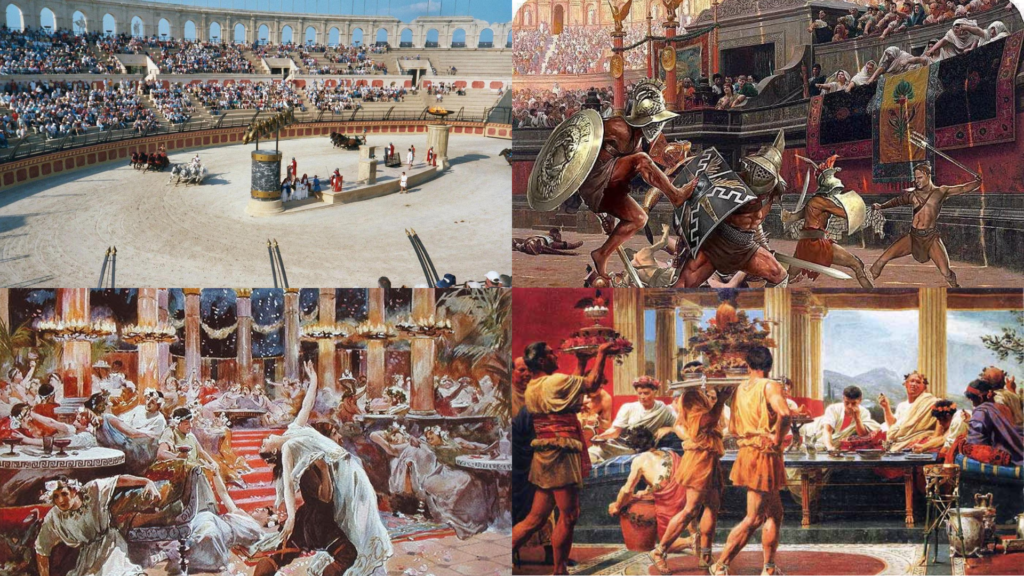
Roman entertainment was diverse and engaging. The grandeur of the Colosseum came alive with gladiatorial contests and chariot races, captivating audiences with adrenaline-fueled spectacles. The Romans also enjoyed theater, music, and dance, with performers showcasing their talents in bustling amphitheaters. Baths, a hallmark of Roman cities, served as social hubs where people relaxed, socialized, and conducted business.
Legacy and Influence
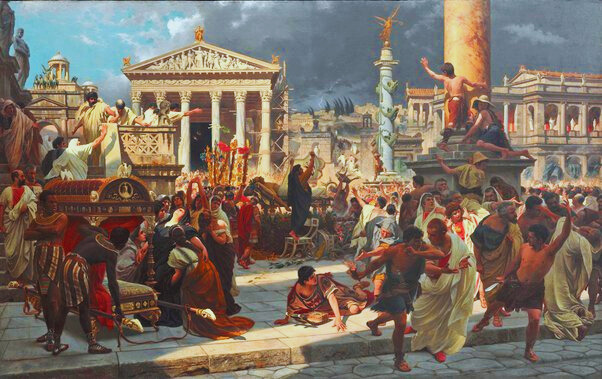
The legacy of Roman culture is profound. Latin, as a precursor to the Romance languages, left an indelible mark on linguistic evolution. Roman architectural styles, exemplified by arches and domes, shaped the aesthetics of buildings across centuries. Their legal principles influenced the development of modern legal systems, emphasizing concepts of justice and equality.
In essence, Roman culture and society were a mosaic of creativity, tradition, and innovation. Through their art, language, social structure, and religious practices, the Romans forged a civilization that continues to inspire and captivate the world. As we peer into the annals of history, we find in Roman culture a rich tapestry of human achievement, a testament to the enduring spirit of creativity and ingenuity.
Influential Leaders of the Roman Empire
The annals of the Roman Empire are replete with remarkable leaders whose vision and prowess steered the course of history. Let’s journey through time to meet the influential figures whose legacies continue to shape our understanding of power, governance, and legacy.
Julius Caesar: The Conqueror and Reformer
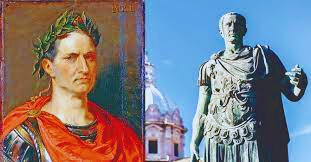
Julius Caesar, a name synonymous with ambition and military genius, played a pivotal role in the transformation of the Roman Republic into an empire. His military campaigns expanded the empire to unprecedented extents, bringing territories like Gaul under Roman control. Caesar’s political reforms aimed to address social inequalities, laying the groundwork for a more stable Rome.
Augustus: The First Emperor
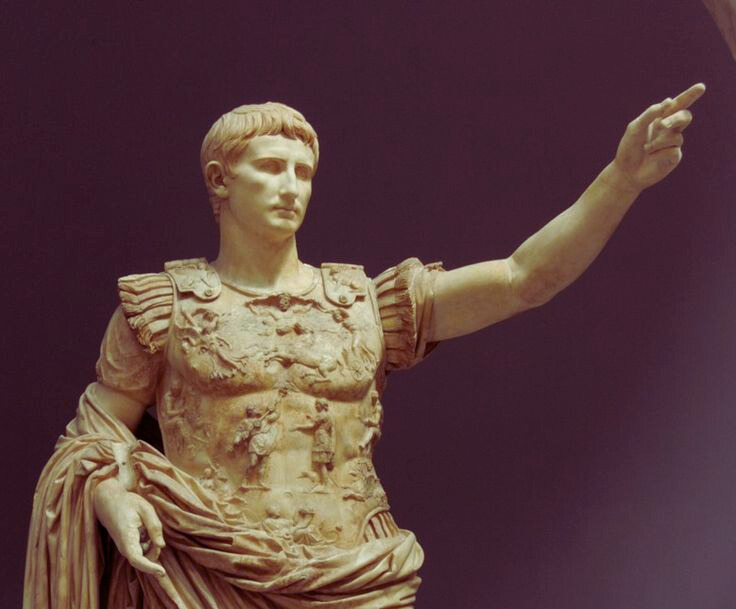
Augustus, born Gaius Octavius, emerged as the first Emperor of Rome after a period of civil war that followed Caesar’s assassination. His rule marked the beginning of the Pax Romana, a time of relative peace and stability. Augustus implemented administrative reforms, strengthened the military, and patronized arts and culture, leaving an indelible mark on Roman governance.
Marcus Aurelius: The Philosopher Emperor
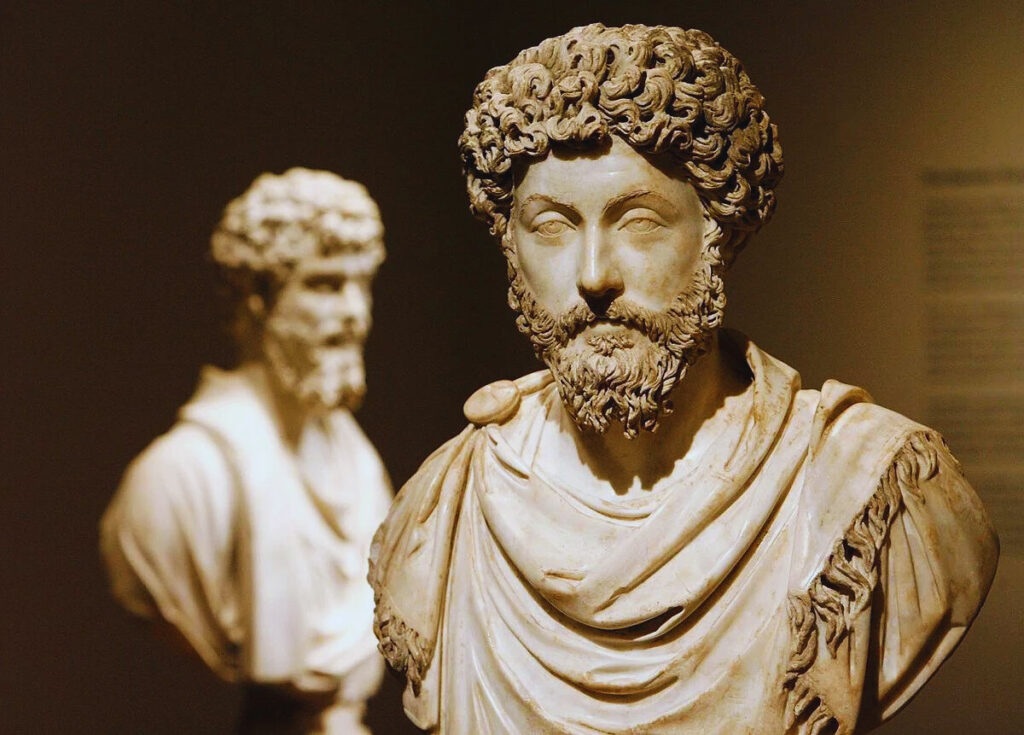
Known as the philosopher king, Marcus Aurelius brought intellectual rigor to the throne. His reign during the 2nd century AD was marked by philosophical contemplation, leading to the renowned work “Meditations,” a collection of Stoic philosophy. Despite challenges, Aurelius’ wisdom and stoicism guided Rome through turbulent times, leaving a legacy of philosophical wisdom.
Constantine the Great: Unifier of the Empire
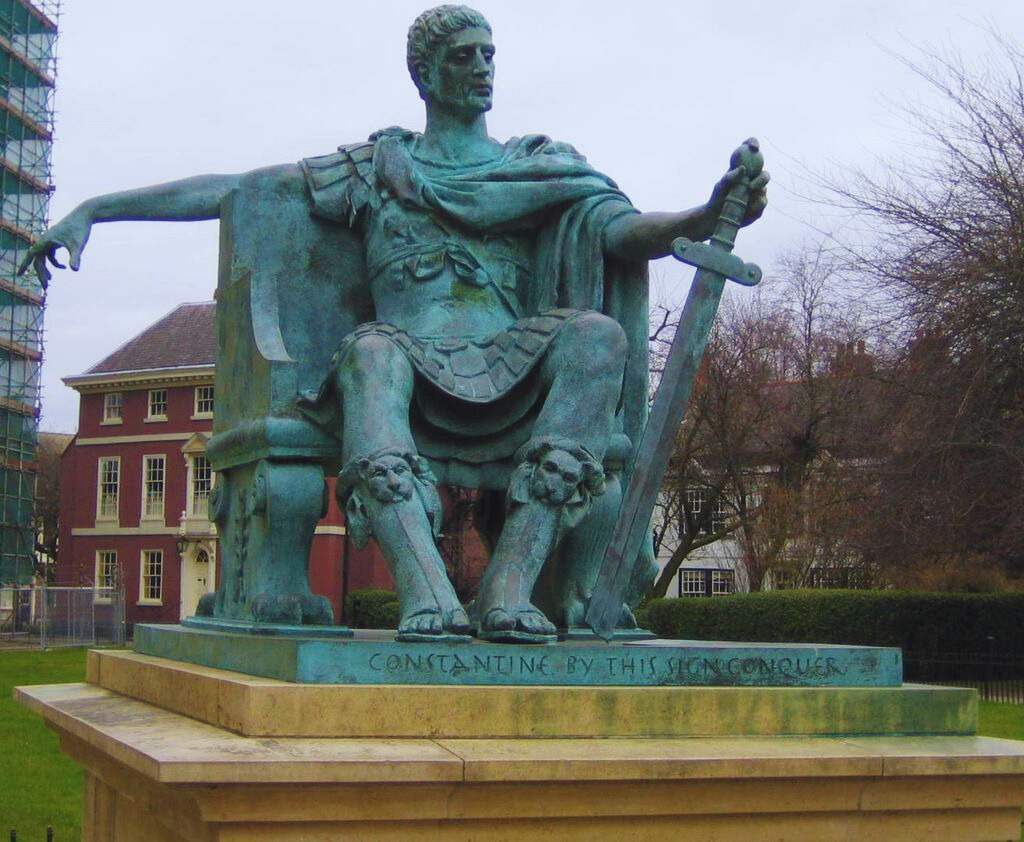
Constantine, a pivotal figure in Roman history, played a crucial role in the empire’s transition to Christianity. He embraced Christianity and passed the Edict of Milan, granting religious tolerance to Christians. Constantine’s military victories, including the Battle of Milvian Bridge, solidified his rule and united the empire, marking a significant shift in the empire’s religious landscape.
Trajan: The Architect of Roman Expansion
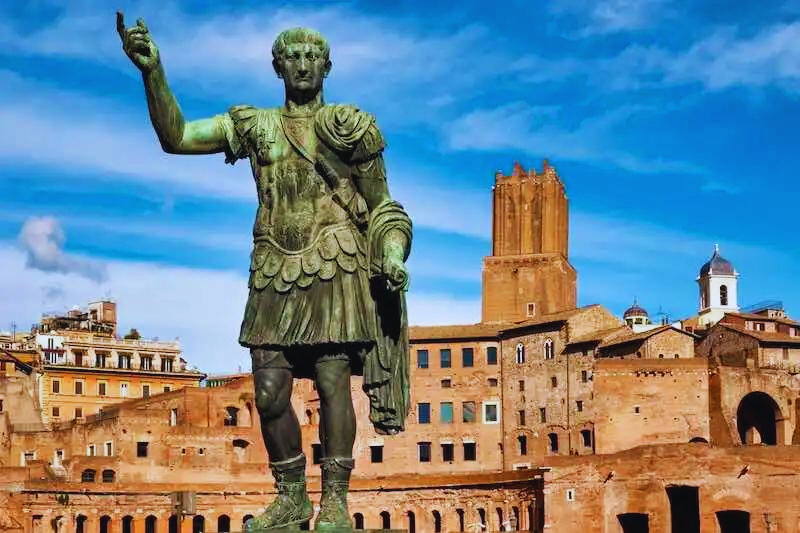
Trajan reign is often regarded as a golden age of the Roman Empire. His military campaigns expanded the empire to its greatest territorial extent, reaching as far as Mesopotamia. Trajan’s architectural endeavors, including the construction of Trajan’s Column and Trajan’s Forum, showcased Rome’s grandeur. His legacy is immortalized in these monuments and his reputation as an exemplary administrator.
Hadrian: The Builder and Patron of Arts
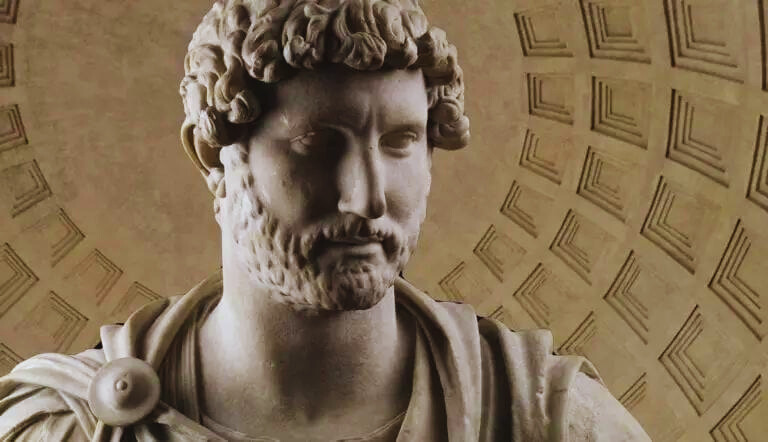
Hadrian’s rule was characterized by a focus on cultural achievements and architectural marvels. He commissioned the construction of Hadrian’s Wall in Britain, a testament to Roman engineering and military might. Hadrian was also an ardent patron of arts, fostering the flourishing of literature, philosophy, and architecture during his reign.
In the tapestry of Roman history, these leaders stand as pillars of influence, each contributing distinctively to the empire’s growth, governance, and cultural richness. Their stories echo through time, reminding us of the complexities and enduring legacies of the Roman Empire, a civilization shaped by the hands of these visionary leaders.
The Fall of the Roman Empire
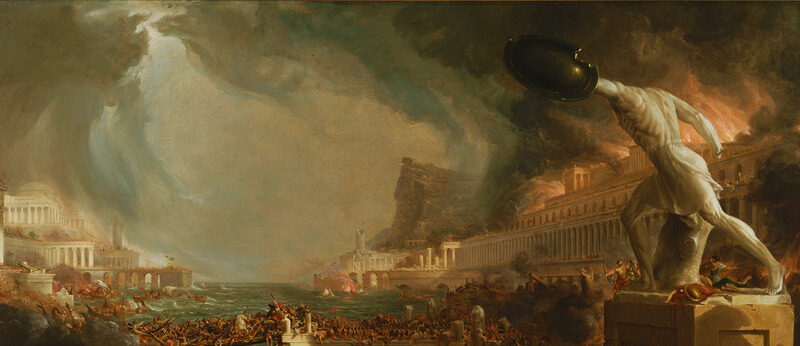
The fall of the Roman Empire, a cataclysmic event that echoed through the annals of history, marked the end of an era. This decline and fall were not abrupt but rather a complex interplay of internal strife, external pressures, and socio-economic challenges. Let us navigate the intricate web of events that led to the unraveling of one of the mightiest empires the world had ever seen.
Internal Decay: Corruption and Economic Strain
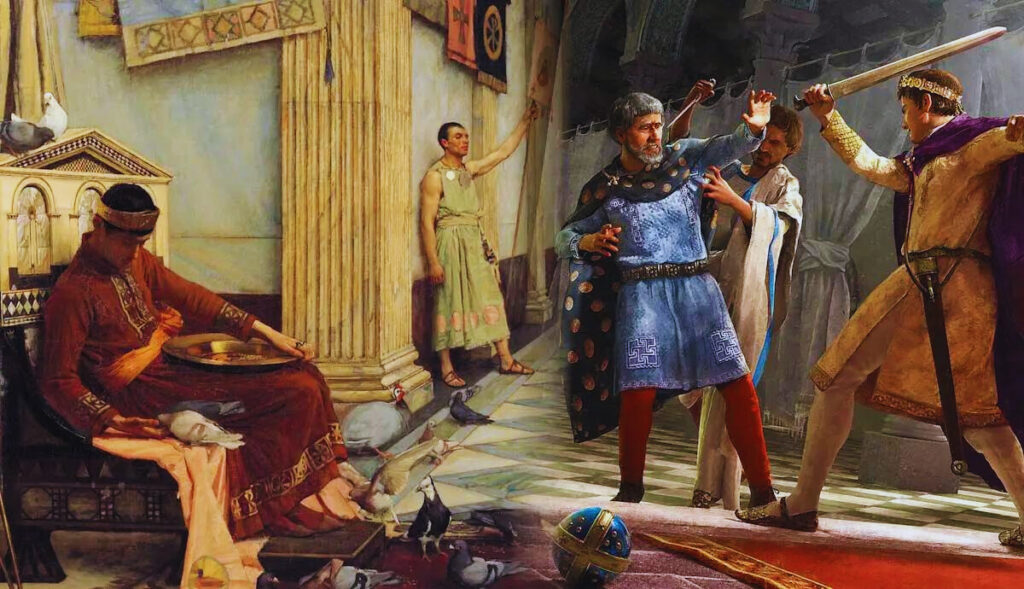
One of the core reasons behind Rome’s fall was internal decay. Corruption seeped into the empire’s administrative and political structures, weakening the governance. The economy, burdened by heavy taxation and inflation, struggled under its own weight. The devaluation of currency and the collapse of trade networks contributed to economic instability, causing widespread suffering among the populace.
Barbarian Invasions: External Threats
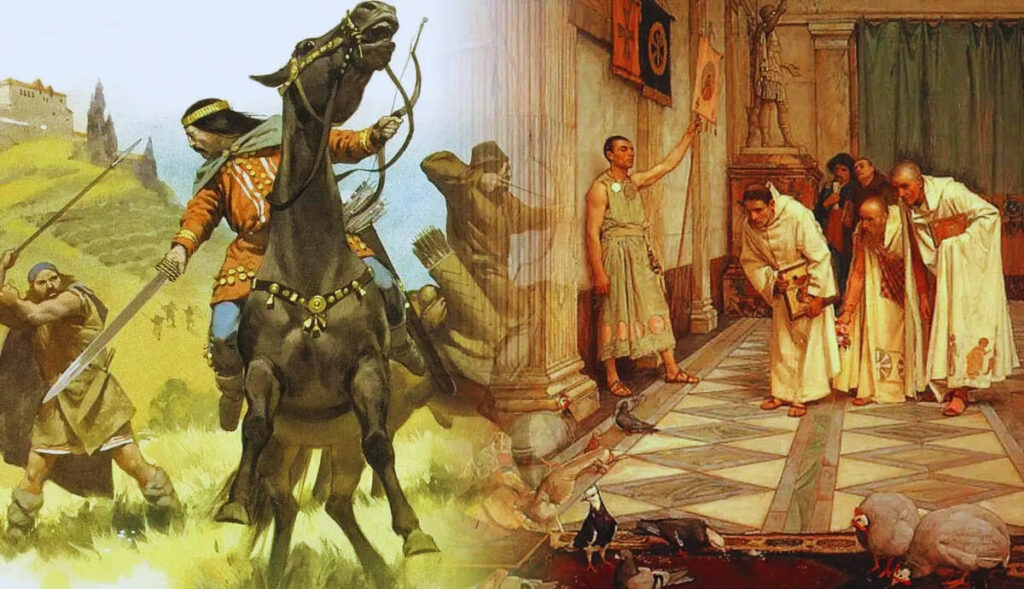
The Roman Empire faced relentless invasions from various barbarian tribes. Visigoths, Vandals, Ostrogoths, and Huns, among others, breached the empire’s borders. These invaders, often pushed by climate change and political upheavals in their own lands, wreaked havoc on Roman territories. The sack of Rome by the Visigoths in 410 AD and the Vandal invasion in 455 AD were stark reminders of the empire’s vulnerability.
Political Instability: Fragmentation and Civil Wars
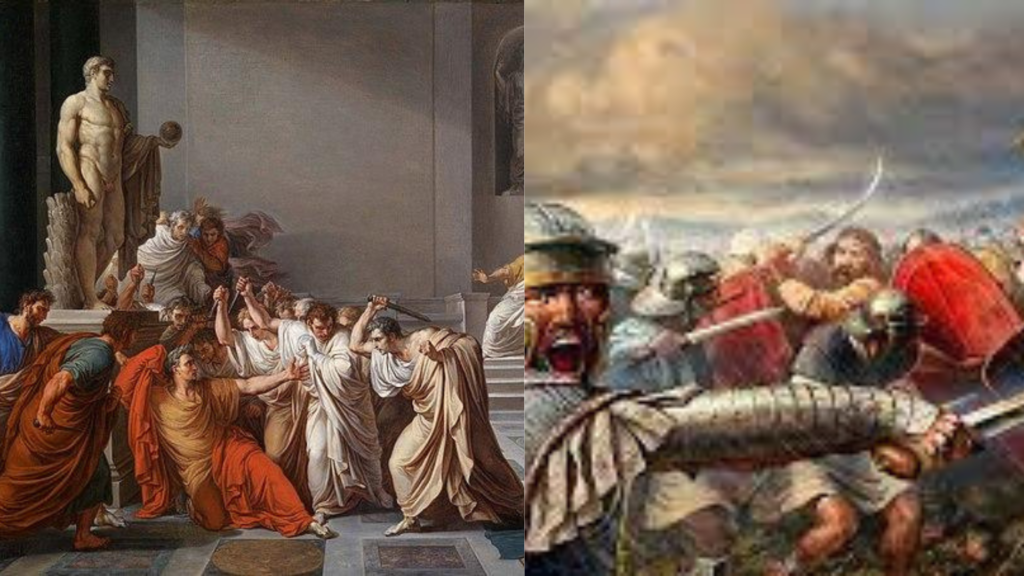
The empire was plagued by political instability, with frequent changes in leadership. Emperors rose and fell in rapid succession, leading to a lack of coherent policies and military strategies. Additionally, power struggles and civil wars further weakened the empire’s ability to defend itself against external threats. The division of the empire into Eastern and Western halves, each with its own emperor, created internal tensions and administrative complexities.
Social Unrest and Loss of Values
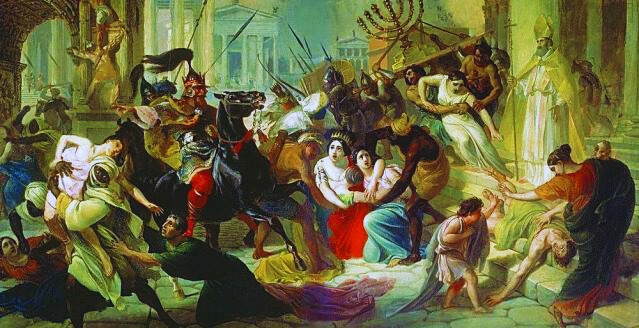
Social unrest simmered within the empire. The societal fabric was torn by class struggles and slave uprisings. The values of civic duty and patriotism, which had once united the citizens, eroded over time. As the empire expanded, diverse cultures and religions diluted the traditional Roman way of life, further contributing to a sense of disunity.
Plague and Population Decline
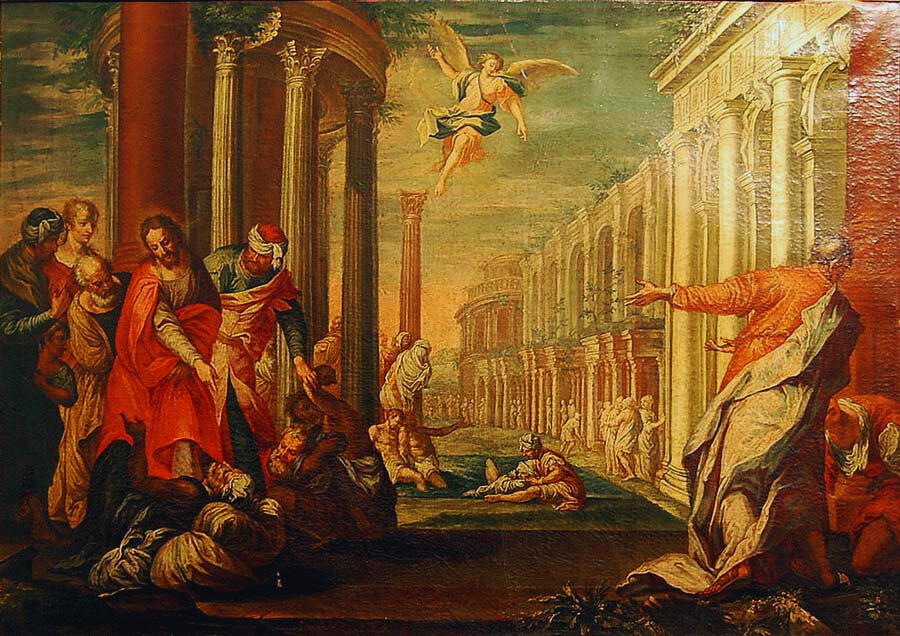
The Antonine Plague (165-180 AD) and the later and more devastating Justinian Plague (541-542 AD) decimated a significant portion of the population. These pandemics, coupled with food shortages and weakened healthcare systems, led to a drastic decline in population. The loss of manpower affected agricultural production, trade, and the overall economic stability of the empire.
The fall of the Roman Empire, though a moment of profound decline, also marked the birth of new civilizations in Europe. The legacy of Rome endured through its language, laws, and cultural achievements. The fall served as a cautionary tale, reminding future generations of the delicate balance required for a society to thrive – a balance between internal stability, just governance, and the ability to adapt to external challenges.
As we reflect on the fall of the Roman Empire, we gain insights into the complexities of human societies. It stands as a testament to the impermanence of power and the importance of unity, adaptability, and ethical governance in sustaining the grandest of civilizations.
Conclusion
In conclusion, the Roman Empire stands as a colossal chapter in human history, its influence reverberating through millennia. From the splendor of its architecture to the wisdom of its philosophers, the Roman Empire’s legacy endures. As we bid adieu to this exploration, remember that the echoes of ancient Rome continue to shape our world today.
Read also: What Does It Mean When You Dream About Someone Who Is Already Dead Hugging You
The Roman Empire’s achievements are vast and varied, including advancements in engineering, law, and governance. Their construction of aqueducts and roads revolutionized infrastructure, while the development of Roman law laid the groundwork for modern legal systems.
The Roman Empire’s influence is immeasurable. Its contributions to language, architecture, and governance form the basis of many modern societies. Latin, the language of the Romans, evolved into the Romance languages, and Roman architectural styles are echoed in buildings worldwide.
The fall of the Roman Empire was a complex process, influenced by internal corruption, economic instability, and external invasions. Barbarian tribes, economic struggles, and political unrest all contributed to its eventual collapse.
Yes, the Roman Empire played a significant role in the spread of Christianity. Emperor Constantine’s conversion to Christianity marked a turning point, leading to the religion’s widespread acceptance and eventual dominance in Europe.
